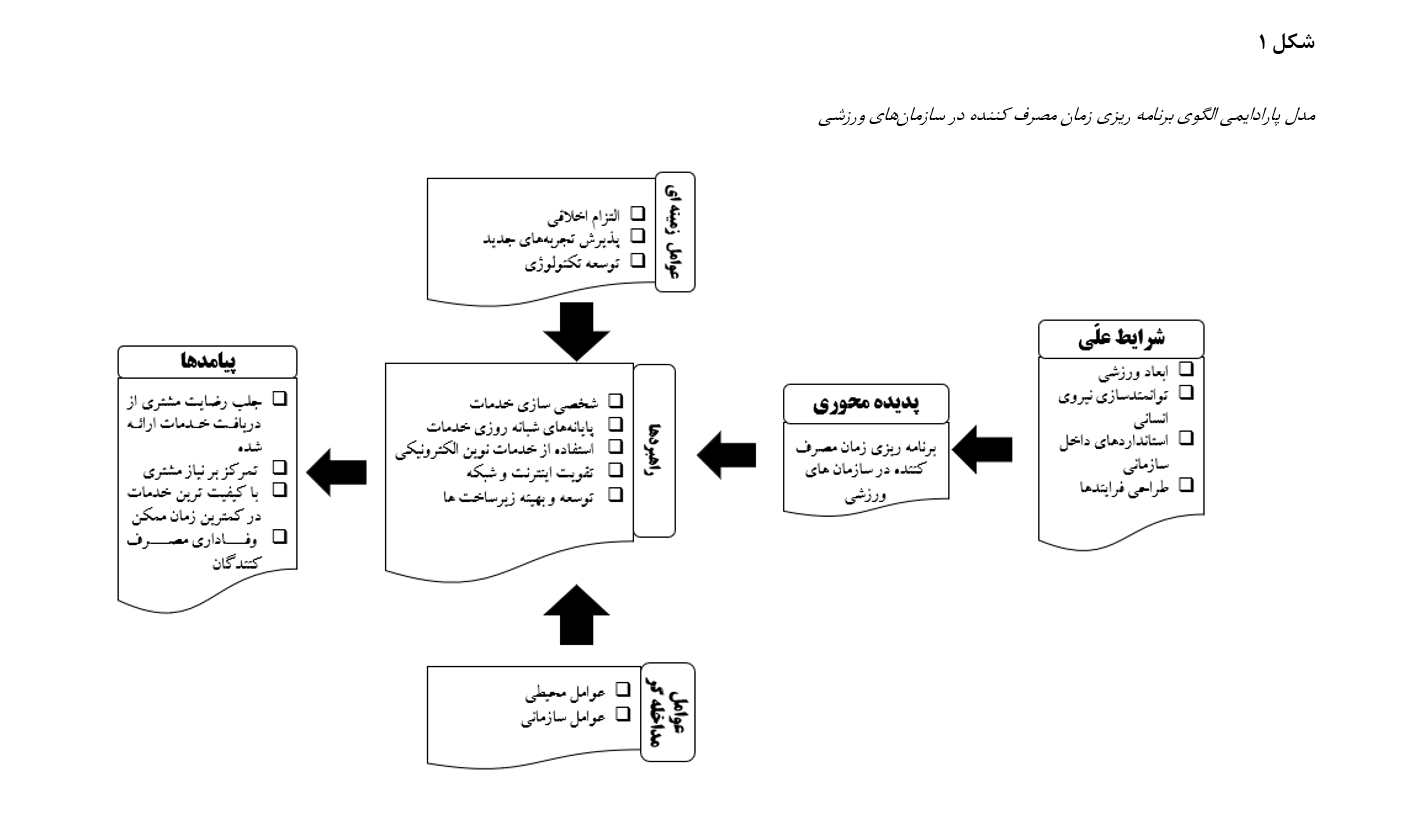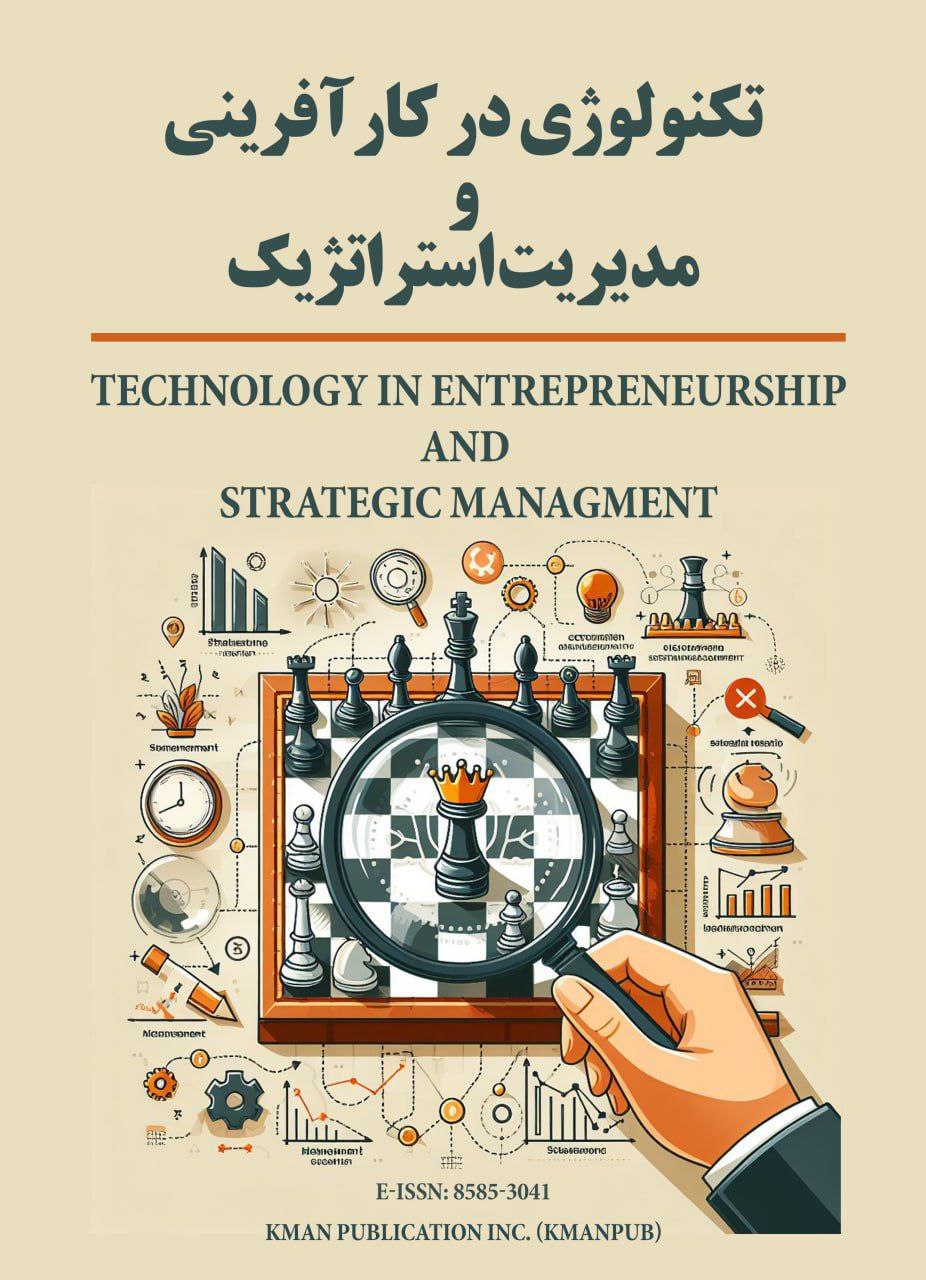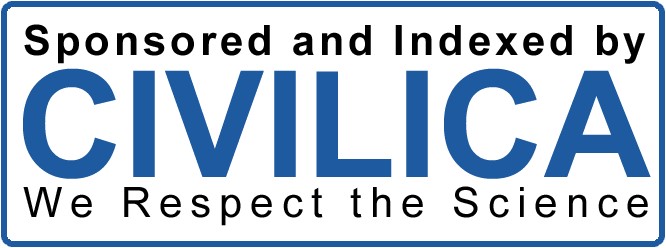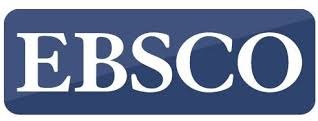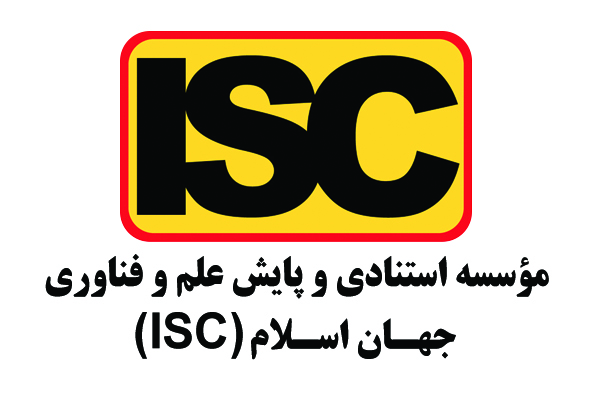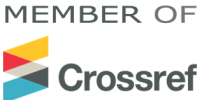Consumer Time Planning Model in Sports Organizations
Keywords:
consumer time, customer waiting time, customer relationship, sports consumerAbstract
Given the importance of time management in sports organizations, this study aims to design a comprehensive model for consumer time planning to enhance productivity and increase customer satisfaction, ultimately contributing to the sustainable success of sports organizations. The research employs a mixed-method approach, integrating qualitative and quantitative methods. The qualitative section was conducted using a grounded theory approach, while the quantitative section utilized a survey method. In the qualitative phase, the study population comprised experts from the Ministry of Sports and Youth and university professors. Using the snowball sampling method, 15 participants were selected until theoretical saturation was achieved. In the quantitative phase, the statistical population included managers from the Ministry of Sports and Youth and sports federations (totaling 155 individuals), from which 110 experts were selected using Cochran's formula. A researcher-designed questionnaire, developed based on factors extracted from expert opinions, initially contained 62 items. Following validation using the Lawshe method, 5 items were removed, resulting in a final questionnaire with 57 items for distribution. The findings indicated that, based on Strauss's grounded theory model, a framework comprising 57 components was designed. These components were categorized into four dimensions related to causal conditions (sports-related dimensions, human resource empowerment, internal organizational standards, and process design), three dimensions of contextual factors (ethical commitment, acceptance of new experiences, and technology development), and two groups of environmental and organizational intervening factors. The model proposed four strategies and four outcomes to improve consumer time planning in sports organizations. This study provides a comprehensive framework for consumer time planning in sports organizations, offering valuable insights for sports managers in designing and implementing effective programs. Given the complexity of the topic, it is recommended that sports organizations adopt a systemic and integrated approach for successful implementation of this model.
Downloads
References
Ali, F., Hussain, K., Konar, R., & Jeon, H. M. (2017). The effect of technical and functional quality on guests' perceived hotel service quality and satisfaction: A SEM-PLS analysis. Journal of Quality Assurance in Hospitality & Tourism, 18(3), 354-378. https://doi.org/10.1080/1528008X.2016.1230037
Altendorfer, K., & Minner, S. (2020). Simultaneous optimization of capacity and planned lead time in a two-stage production system with different customer due dates. European Journal of Operational Research, 213(1), 134-146. https://doi.org/10.1016/j.ejor.2011.03.006
Ayodeji, Y., Rjoub, H., & Özgit, H. (2023). Achieving sustainable customer loyalty in airports: The role of waiting time satisfaction and self-service technologies. Technology in Society, 72, 102106. https://doi.org/10.1016/j.techsoc.2022.102106
Azizi, S., Adak, S., & Ayouzi Nejad, S. (2021). The Impact of Recovery Strategies, Recovery Time, and the Organizational Position of the Recoverer on Customer Post-Purchase Behavior in Employee-Induced Failures. Production and Operations Management, 12(1), 57-76. https://jpom.ui.ac.ir/article_25581.html?lang=en
Babaei Zeklikli, M. A. (2007). Identification and Evaluation of Factors Affecting the Reduction of Customers' Perceived Waiting Time in Iran Khodro Insurance Services. Insurance Industry Quarterly, 22(1), 1-26. http://ensani.ir/fa/article/77964
Bahram Fard, H., Sajadi, N., & Takli, H. (2017). Identification and Prioritization of Factors Affecting Spectators' Loyalty to the Brand of Popular Tehran Football Clubs in the Professional League. Physiology and Sports Management Research, 9(2), 183-195. https://www.sportrc.ir/article_61462.html?lang=en
Choudhury, R. G. (2020). Marketing Mix and Customer Loyalty in Services Marketing. In Services Marketing Issues in Emerging Economies (pp. 167-177). https://doi.org/10.1007/978-981-15-8787-0_12
Cooksey, R., Maguire, E., Lannin, N. A., Unsworth, C. A., Farquhar, M., Galea, C., & Schmidt, J. (2018). Persistent symptoms and activity changes three months after mild traumatic brain injury. Journal of Australian Occupational Therapy, 65(3), 168-175. https://doi.org/10.1111/1440-1630.12457
Dias, C., Ferreira, A., Romão Pereira, A., & Fonseca, A. M. (2019). Examining the relationship between perceived service quality, satisfaction, and renewal intention in Portuguese fitness centers. Revista de psicología del deporte, 28(2), 49-58. https://archives.rpd-online.com/article/view/v28-n2-dias-ferreira-pereira-etal.html
Eghbali, B., Heydariyeh, S. A., Faizi Razi, F., & Vakil Araya, Y. (2021). Proposing a Model of the Effects of Time on Consumer Behavior Based on a Meta-Synthesis Approach. Journal of New Marketing Research, 11(4), 63-84. https://www.sid.ir/paper/1045825/fa
Etebari, M., Naderi Bani, M., Al-Hosseini Al-Modarresi, S. M., & Sadeghi, H. (2021). Analysis of the Moderating Role of Temporal Style Congruence on the Relationship Between Customer Engagement and Time-to-Market in Industrial Marketing. Journal of New Marketing Research, 11(2), 169-198. https://nmrj.ui.ac.ir/article_25629.html?lang=en
Gattermann-Itschert, T., & Thonemann, U. W. (2022). Proactive customer retention management in a non-contractual B2B setting based on churn prediction with random forests. Industrial Marketing Management, 107, 134-147. https://doi.org/10.1016/j.indmarman.2022.09.023
Gawor, T., & Hoberg, K. (2021). Customers' valuation of time and convenience in e-fulfillment. International Journal of Physical Distribution & Logistics Management. https://www.researchgate.net/publication/326967819_Customers'_valuation_of_time_and_convenience_in_e-fulfillment
Hatami, A., Sanayei, A., Rouhani, S., Sanayei, A., & Turkistani, M. S. (2015). Investigating Customers' Perceptions of Waiting Time in the Insurance Telephone System. Journal of New Marketing Research, 5(Special Issue of the First National Conference), 45-64. https://nmrj.ui.ac.ir/article_17804.html?lang=en
Hermanto, R. P. S., & Nugroho, A. (2018). Waiting-time estimation in bank customer queues using RPROP neural networks. Procedia Computer Science, 135, 35-42. https://doi.org/10.1016/j.procs.2018.08.147
Hill, M., Classen, L., Romay, A., & Diaz, E. (2018). Wait time reality check: The convergence of process, perception, and expectation. Journal of Patient Experience, 5(2), 109-115. https://doi.org/10.35680/2372-0247.1284
Hossein Zadeh, A., Esmaeili, H., & Soltani, R. (2021). A System Dynamics Model for Examining Time, Cost, and Customer Satisfaction in Omni-Channel Distribution Systems (Case Study). Iranian Journal of Management Studies, 14(2), 291-310.
Hosseini, M. H., Ahmadi Nejad, M., & Ghaderi, S. (2010). Examining and Measuring Service Quality and Its Relationship With Customer Satisfaction: A Case Study of Tejarat Bank. Business Reviews, 42, 88-97. https://www.sid.ir/paper/457373/fa
Huang, Y., & Kim, D. (2023). How Does Service Quality Improve Consumer Loyalty in Sports Fitness Centers? The Moderating Role of Sport Involvement. Sustainability, 15(17), 12840. https://doi.org/10.3390/su151712840
Jina, D., Nicelyb, A., Fanc, A., & Adler, H. (2019). Joint effect of service recovery types and times on customer satisfaction in lodging. Journal of Hospitality and Tourism Management, 38, 149-158. https://doi.org/10.1016/j.jhtm.2019.01.005
León-Quismondo, J., García-Unanue, J., & Burillo, P. (2020). Best practices for fitness center business sustainability: A qualitative vision. Sustainability, 12(12), 5067. https://doi.org/10.3390/su12125067
Lim, W. M., Kumar, S., Pandey, N., Verma, D., & Kumar, D. (2023). Evolution and trends in consumer behaviour: Insights from Journal of Consumer Behaviour. Journal of Consumer Behaviour, 22(1), 217-232. https://doi.org/10.1002/cb.2118
Mahdinejad, S. S., Varshavi, P., Jannatipour, M., Shirazi, B., & Mahdavi, I. (2011). Improving Customer Waiting Time Estimation Parameters in Bank Queue Systems Using Discrete Event Simulation With a Process-Oriented Approach. 8th International Conference on Industrial Engineering, Tehran.
Mero, J. (2021). The effects of two-way communication and chat service usage on consumer attitudes in the e-commerce retailing sector. Electronic Markets, 28(2), 205-217. https://doi.org/10.1007/s12525-017-0281-2
Pruyn, A., & Smidts, A. (1998). Effects of waiting on the satisfaction with the service: Beyond objective time measures. International Journal of Research in Marketing, 15(4), 321-334. https://doi.org/10.1016/S0167-8116(98)00008-1
Qian, T. Y. (2022). Watching sports on Twitch? A study of factors influencing continuance intentions to watch Thursday Night Football co-streaming. Sport Management Review, 25(1), 59-80. https://doi.org/10.1080/14413523.2021.1930700
Saghayeian, F. (2015). The Impact of Waiting Time on Customer Satisfaction and Loyalty in Public Banks of Ahvaz City. National Conference on New Approaches in Management, Economics, and Accounting Sciences,
Sokiente, W., Dagogo, J., Beck, J. T., & Kaju, A. (2019). The effect of duration metrics on consumer satisfaction. Journal of Marketing Research, 441-456. https://doi.org/10.1002/mar.21311
Taghavi Fard, M. T., Dadvand, A., & Aghaei, M. (2017). Improving Service Processes and Reducing Customer Waiting Time in Banks Using a Simulation Approach. Business Intelligence Management Studies, 6(22), 75-105. https://ims.atu.ac.ir/article_8521.html?lang=en
Talebi, H., Amiri, M., & Azimi, P. (2018). Analyzing Bank Queue Systems and Reducing Customer Waiting Time Using Simulation and Design of Experiments. Iranian Management Studies, 22(1), 95-118. https://mri.modares.ac.ir/article_448.html?lang=en
Wen, J., Geng, N., & Xie, X. (2020). Optimal insertion of customers with waiting time targets. Computers & Operations Research, 122, 105001. https://doi.org/10.1016/j.cor.2020.105001
Yang, S. K., & Shim, J. H. (2018). The effects of service qualities on customer satisfaction, trust, and behavioral intention in smartphone shopping malls. International Journal of Industrial Distribution & Business, 9(12), 31-43. https://doi.org/10.13106/ijidb.2018.vol9.no12.31
Zhihong Li, Z., Sha, Y., Yang, K., Zhao, K., Jiang, Z., & Zhang, Q. (2020). Impact of risk perception on customer purchase behavior: A meta-analysis. Journal of Business & Industrial Marketing, 35(1), 76-79. https://doi.org/10.1108/JBIM-12-2018-0381
